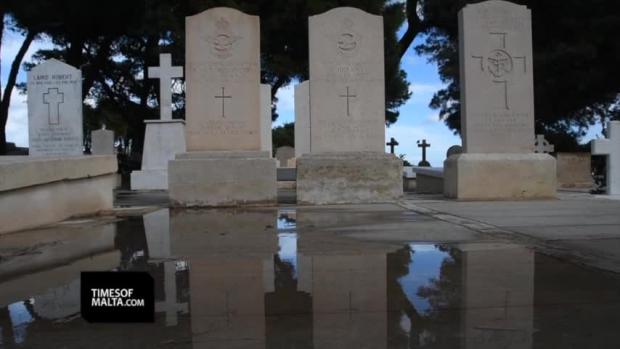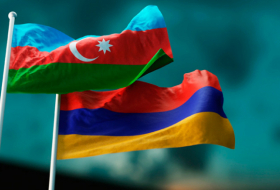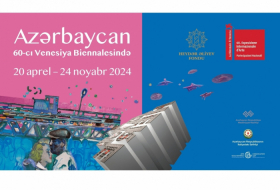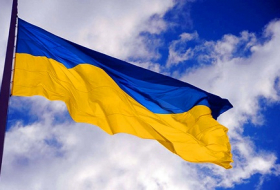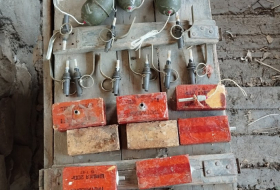The Commonwealth War Graves Commission yesterday launched an initiative aimed at highlighting Malta’s wartime past, providing, among others, tours at the Mtarfa and Pietà cemeteries by local volunteers.
Launched by the commission’s director general Victoria Wallace, the project encourages Maltese and tourists to visit the war grave cemeteries to honour people who fell in the two world wars.
During World War I, Malta earned the title ‘Nurse of the Mediterranean’, with almost 140,000 service personnel being treated in 27 hospitals. One volunteer nurse, Helen Batchelor-Taylor, arrived here in September of 1915 at the height of the Gallipoli Campaign when hundreds of soldiers were arriving for treatment every day. She helped tend to the wounded and is buried at the Pietà Military Cemetery.
The island became the most heavily bombed place on earth in World War II. People who died, including those who were killed during operation Husky, are all buried in military cemeteries.
According to assistant historian Max Dutton, the aim of the initiative is to help visitors understand the past through the stories of the people buried at the cemeteries in a similar way that visitors learn about the past by looking at artefacts in museums.
The commission also launched Stories from Malta, a crowd-sourcing project appealing for information on men and women commemorated in Malta. Almost 6,000 Commonwealth service people lie buried in Malta’s cemeteries or commemorated by name on memorials to the missing. This included those who worked alongside British forces, such as dockyard employees, others who worked for the Ministry of Defence and those who were treated at the nearby Mtarfa Military hospital, he noted.
Those buried at the Mtarfa cemetery include Hugh Alexander Pollock, English writer Enid Blyton’s first husband, who had moved to Malta because of the climate’s health benefits for his daughter.
The commission is responsible for the commemoration of almost 1.7 million members of the Commonwealth forces who gave their lives in the two world wars. The graves of these men and women are found in 153 countries and regions worldwide. It also cares for almost 4,000 non-war graves.
The initiative is supported by the Malta Tourism Authority, Fondazzjoni Wirt Artna and the Malta Aviation Museum Foundation.
Times of Malta
More about: Military








